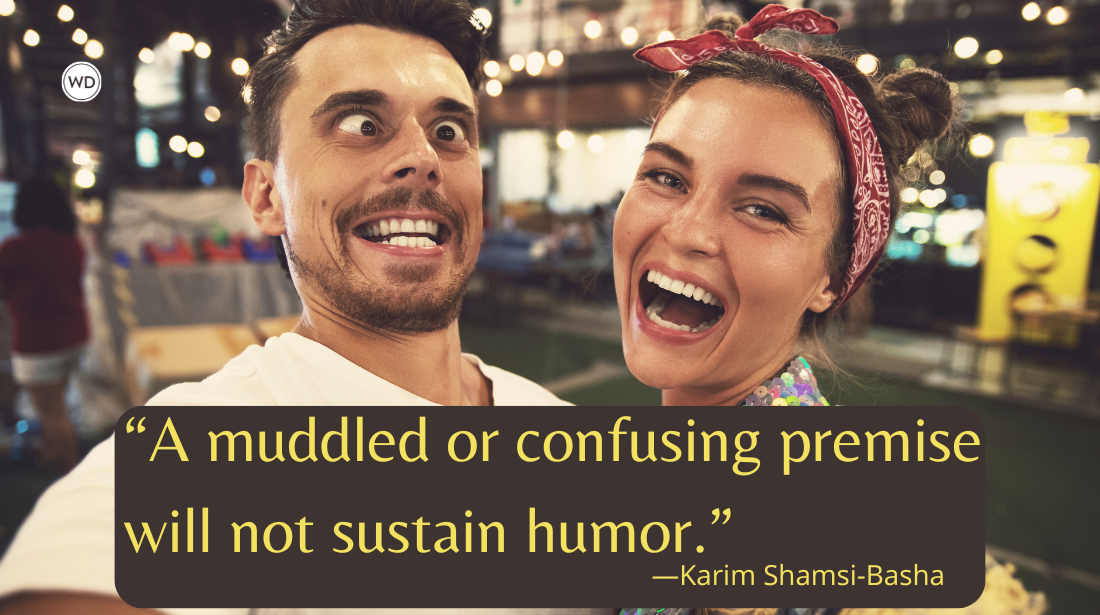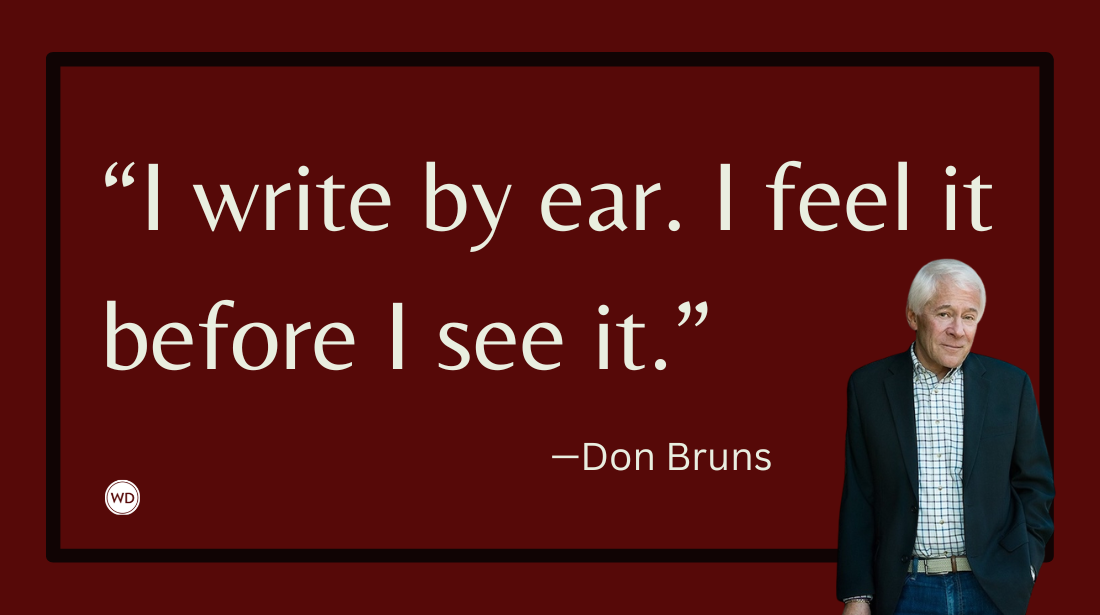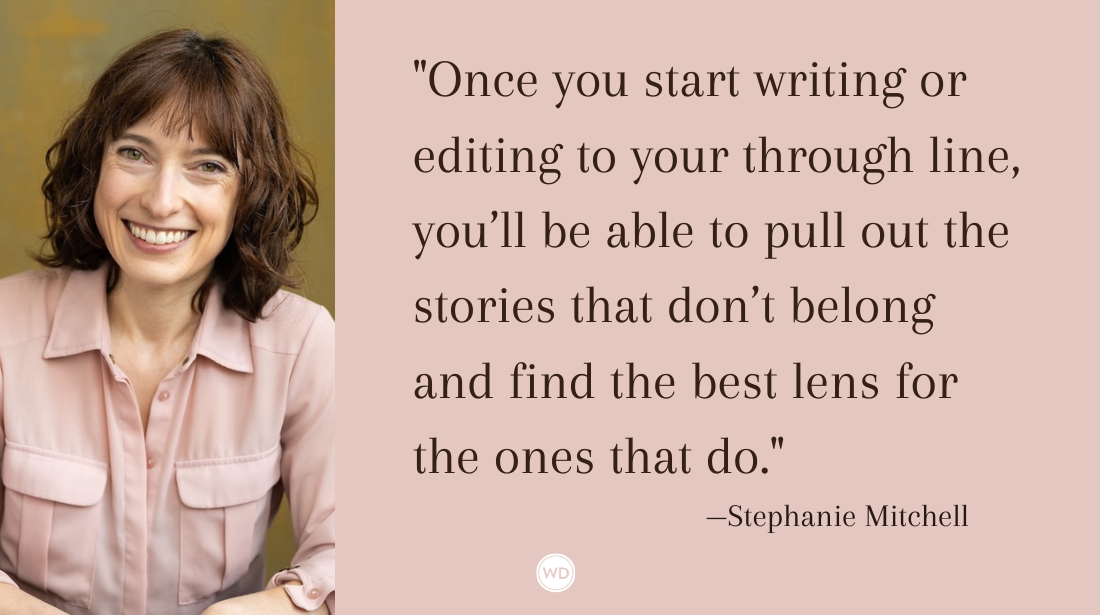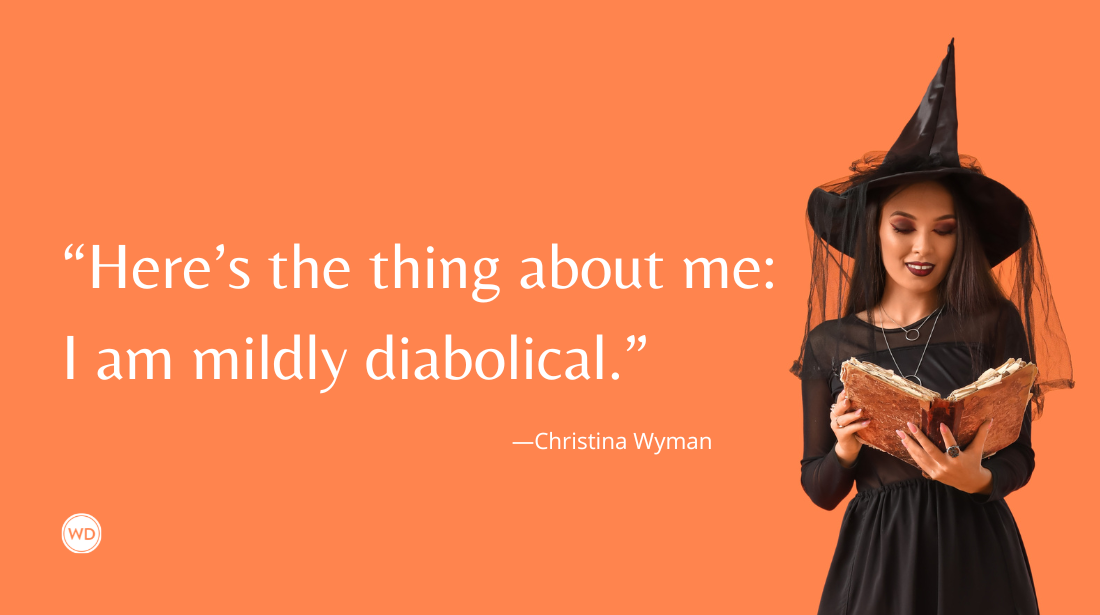Fable vs. Parable vs. Allegory (Grammar Rules)
Learn when you’re writing or reading a fable vs. parable vs. allegory with Grammar Rules from the Writer’s Digest editors, including a few examples of each.
If you have trouble with understanding the difference between a fable, a parable, and an allegory, relax: We've got you covered. As you'll see, there are far more similarities than differences in these forms of storytelling. In fact, some stories fall under multiple categories at once.
So without further adieu, let's jump into these.
Fable vs. Parable vs. Allegory
Fable is a short story—usually with animals as the main characters—that conveys a moral. A popular example is the story of "The Tortoise and the Hare," in which the slow but steady tortoise beats the much faster but distracted hare. The moral of that story, of course, is that slow and steady wins the race.
Parable is a short story that teaches a moral or spiritual lesson. Popular examples include the parables told by Jesus Christ in the Bible, including the stories of the prodigal son and the good Samaritan. But parables also include popular stories like "The Boy Who Cried Wolf," about a boy who constantly pranks people about the approach of a wolf until they don't listen when a real one appears.
Allegory is work of art that can reveal a hidden meaning, usually of moral importance. For fiction, this usually involves characters, settings, and/or events that represent other issues. For instance, L. Frank Baum's The Wizard of Oz presents three characters that represent something beyond themselves:
- The scarecrow, who represents a thoughtless agrarian and rural past.
- The lion, who represents the fear of "the king of the animals."
- The tin man, who represents heartless technological progress.
Even Dorothy represents people who dream of better and bigger things only to learn that there's really no place like home.
Other popular allegories include Animal Farm, by George Orwell; Lord of the Flies, by William Golding; The Scarlet Letter, by Nathaniel Hawthorne; and The Handmaid's Tale, by Margaret Atwood.
Make sense?
A final note on fables, parables, and allegories:
If it feels like there's a lot of potential for crossover in these terms, then you're correct. Parables and fables are actually short allegories. The main difference between parables and fables is that the main characters of parables tend to be humans, while fables feature animals, plants, and inanimate objects.









